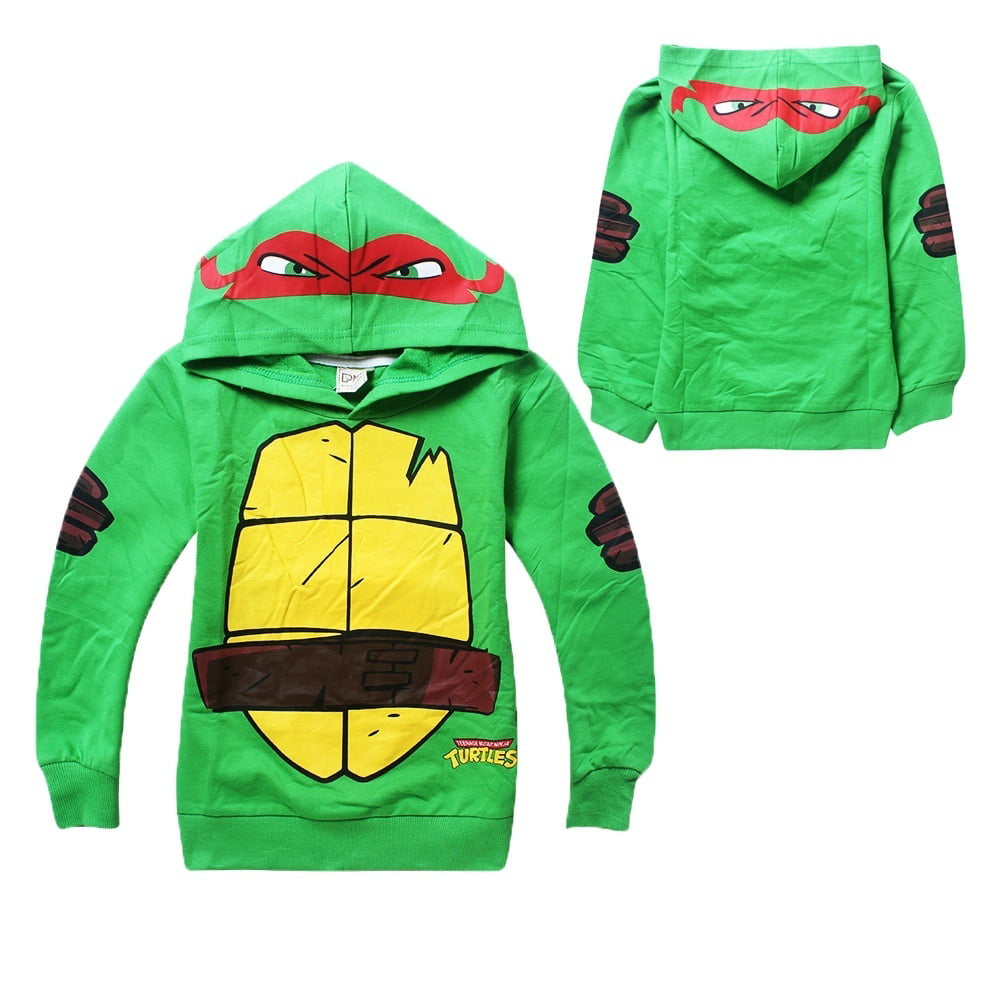
Patrick’s Day to Father’s Day-we’ve got a funny shirt for you.
#Baby ninja kids tv#
Whether you’re into TV and movies, nerdy tees or science humor, or special shirts to celebrate holidays throughout the year- 4th of July to Christmas, St. 2016 90(1):212-21.With our huge library of unique & humorous tees, and trendy & stylish shirt designs, there’s something for everyone to enjoy.

A sustained quality improvement program reduces nephrotoxic medication-associated acute kidney injury. Goldstein SL, Mottes T, Simpson K, et al. Acute kidney injury associated with high nephrotoxic medication exposure leads to chronic kidney disease after 6 months. Menon S, Kirkendall ES, Nguyen H, Goldstein SL. Acute kidney injury is independently associated with mortality in very low birthweight infants: a matched case-control analysis. Askenazi DJ, Griffin R, McGwin G, Carlo W, Ambalavanan N. Incidence and outcomes of neonatal acute kidney injury (AWAKEN): a multicentre, multinational, observational cohort study. Jetton J, Boohaker L, K Sethi S, Wazir S, Rohatgi S, Soranno D, et al. Nephrotoxic medication exposure in very low birth weight infants. Rhone ET, Carmody JB, Swanson JR, Charlton JR. The NINJA program is now being rolled out throughout Children’s in other intensive care units, and validated at Cincinnati Children’s Hospital.Īnd Infant Center for Acute Nephrology at Children’s of Alabama. Just a simple act of being mindful about what you’re doing.” If they really do need these medications?’” Stoops said. “It tells the neonatologist that this kidney is at risk of injuryĪnd makes everyone ask, ‘are these the medications the baby needs? Could weĪdjust them, even if we just reduce the dose? How do we reduce the risk of AKI

Would have only received the test every three to five days. Infants with a high exposure then receive a daily serum creatinine test duringĪnd for two days post-exposure or post-AKI resolution, whichever occurred last.ĭuring this time, the team discusses possible alternative medications, drugĭosages, timing of drug levels, and hydration status. Patients with high NTM exposure each morning and manually verify the exposure. The pharmacists review a screening report of Of the program is due to in large part to the strong pharmacist support,” she “NINJA Watch,” which serves as a reminder to closely review medications. Once identified,Ī magnet is put on the patient room entryway denoting that the the infant is on Nurse practitioners, to identify at-risk babies, Stoops said. Stone, PharmD, and Emily Evans, PharmD, who round daily with the multidisciplinary

The program’s key players are the two NICU pharmacists, Sadie Meanwhile, the rate of patients with AKI who had also been exposed to nephrotoxic medications fell 64%, while patients spent 68% fewer days in AKI. In the 18 months after implementing the program, nephrotoxic medication exposure dropped 42% and AKI prevalence fell 78%, she said. The Baby NINJA project at Children’s has demonstrated similarly stellar outcomes, noted Christine Stoops, D.O., assistant professor of pediatrics at the University of Alabama at Birmingham (UAB) and the primary investigator on the initiative. As a result, last year it was added to the Solutions for Patient Safety consortium and instituted at 147 children’s hospitals worldwide. The NINJA initiative reduced exposure to nephrotoxic medications by 38% and concomitant AKI by 64%. Kidney function was closely monitored for any signs of AKI. Medications that they needed for as long as they needed them, and that their To ensure that children only receive the nephrotoxic Hospital Medical Center that started in 2011 in non-critically ill children. The effort builds off the NINJA (Nephrotoxic Injury Negated by Just-in-TimeĪction) project, a joint endeavor between Children’s and the Cincinnati Children’s So successful it is now being validated at several other major children’s

To address this problem, in 2015 Children’s ofĪlabama began the first initiative in the country designed to reduce the use of ,, There is also evidence that even a single incidence of AKI increases the risk of chronic kidney disease. About 1 in 4 of those experience at least one episode of acute kidney injury (AKI), which can lead to increased length of stay and mortality. Up to 87% of very low-birthweight infants in the neonatal intensive care unit (NICU) are exposed to at least one nephrotoxic medication during their stay.


 0 kommentar(er)
0 kommentar(er)
